Bathroom Zones, what are they?
How many bathroom zones are there?
There are three bathroom zones, zone 0, 1 and 2. Zone three is considered to be any zone where water is unlikely to be present and the least likely chance of splashes occurring. The others will require attention as electrical goods need to be protected from potential ingress of water.
ZONE 0
Suitable for IP68 (submersible to 9m) Water light fittings, suitable for saunas, steam rooms or underwater.
ZONE 1
Suitable for IP65 (Jetproof) Fitted where a jet or stream of water is present, for example from a shower handset.
ZONE 2
Suitable for IP44 (Splashproof) Should be fitted wherever splashing may occur. Fitted within 0.6m of a basin or other water source.
ZONE 3
No splashes or water jets will occur
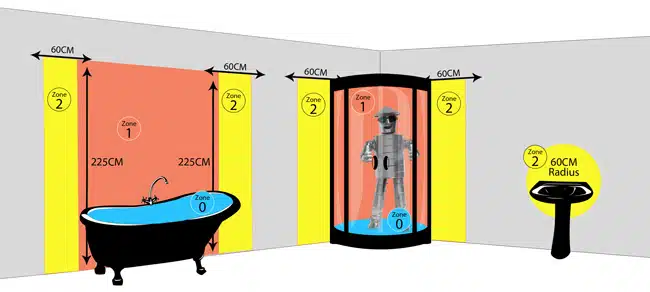
Bathroom Zones for extractor fans
Why Have Bathroom Zones?
Safety is a major factor when it comes to designing the layout of a bathroom.
As electrical items such as hair dryers, light fittings, electric showers, beard trimmers and sockets etc are present in most bathrooms, it is essential that the appropriate level of care is taken to ensure these items either do not come into contact with water.
If it is likely that they will come into direct contact with water, they must be sufficiently protected against shorting or causing any electrical shock to humans.
Appliances have been specifically designed to be used within bathrooms to increase their safety, for example, specially designed shaving sockets and low voltage or “SELV” extractor fan units.
How are bathroom zones determined?
Different areas of a bathroom are more or less likely to come into direct contact with water.
For example, next to a shower cubicle, you are very likely to have water droplets splashed onto nearby surfaces.
However, an extract fan installed on the ceiling above a bathtub is far less likely to come into any direct contact with water in any other form than steam.
This would put the ceiling extractor in zone 3 as it is one of the safest places you could install an extractor fan within a bathroom.
Bathroom Zones for lighting
Great care needs to be taken when purchasing lighting for your bathroom. Much as aesthetics are important, it is also vital that you check that the areas in which you wish you install your lighting are within the “safe” zones of the bathroom.
Special lighting has been developed so that you have many options for how to illuminate your bathroom.
Specialised lighting can be installed within bathroom zone 0 as long it is low voltage (12v maximum or SELV) and has an IP rating of 67. These ratings mean that you can safely install lighting units within areas that are either fully submerged in water, or subject to constant water jets.
Illuminating the shower cubicle is becoming an increasingly popular option for bathroom lighting. This can be achieved safely with the use of specially designed downlights such as Manrose’s Showerlite products, as they are IP44 rated and SELV which means they can be installed within zones 1,2 and 3.
Requirements for bathroom lighting
Please see below for a table of the IP (ingress protection) rating requirements within bathroom zones.
| Zones | Required IP Rating |
| 0 | IP67 |
| 1 | IP65 |
| 2 | IP44 |
| 3 | IP20 |
What are outside zones?
“Outside zones” are zones three and any area outside of zones 1 and 2 in the chart above.
They tend to be areas within the bathroom that are either inaccessible without the use of tools, such as underneath a bathtub, or any area that is far away from indirect water, such as ceilings, walls far away from basins or shower cubicles etc.
They are also areas where jets of water or splashes are very unlikely to occur. They are usually found on walls at least 3 meters away from either a bathtub, basin or shower cubicle.
What Does an IP rating mean?
The “IP” in an IP rating stands for ingress protection. The IP rating determines how easily either solids or liquids can pass into products that utilise electricity as an energy source.
These ratings are measured by international standards
EN 60529 (British BS EN 60529:1992, European IEC 60509:1989).
What do the numbers mean?
The numbers within an IP rating relate to a level of protection that the item has in regards to both solids or liquid.
For example, a product with an IP44 rating would have protection against solid objects larger than 1mm, and splashes of water.
Solid Particle Protection
| Level | Effective Against | Description |
| 0 | x | No protection |
| 1 | >50mm-2.0 Inch | Protection against large surfaces of the body |
| 2 | >12.5 mm 0.49 in | Insertion of fingers or small objects |
| 3 | >2.5 mm 0.098 in | Tool insertions or wires |
| 4 | >1 mm 0.039 in | Thin screws, large ants etc |
| 5 | Dust protected | Offers some protection against ingress of dust |
| 6 | Dust-tight | Complete protection from dust |
Liquid Ingress Protection
| Level | Effective Against | Details |
| 0 | No protection | No protection |
| 1 | Dripping water | Vertically falling drops |
| 2 | Dripping water with 15-degree tilt | Falling drops at 15-degree tilt |
| 3 | Spraying water | Up to 60-degree tilt |
| 4 | Splashing of water | Water splashed at all angles |
| 5 | Water jets | Water projected from nozzle |
| 6 | Powerful water jets | Water from powerful jets |
| 6K | High-pressure water jets | High-pressure jets (6.3 mm (0.25 in) nozzle) |
| 7 | 1M Immersion | Protection up to 1m depth |
| 8 | 1M Immersion or more | Requirements greater than IPx7 |
| 9K | Powerful high-temperature jets | Protected against close-range high pressure, high temperature spray downs. |
Use this link to see a complete IP code explanation
Common Wet Zone Areas
Below we will answer what zones certain parts of the bathroom are in, as they are commonly asked questions.
| Location | Which Zone |
| Around sink | Zone 2 |
| Ceiling | Outside Zones |
| For sockets | Zone 2 + above with 3m distance from bath or shower |
| Light switch | No switch allowed must be a pullcord or outside switch. |
| Wall lights | Zone 2 (IP44) |
| Shower pull cord | Outside zones |
| Electric towel rail | Zone 1 if permitted by the manufacturer |
| Shaver socket | Zone 2 if BS EN 61558-2-5 |
| Washing machine | Outside zones |
Wet Room Electrical Zones
All appliances installed within a wet room such as electric towel rails, lights, extractor fans, screens etc MUST conform with zone 0 safety precautions.
This means that all fittings must have an IP rating of at least IP67 and SELV or 12V maximum.
All lights must be installed on the ceiling and fully enclosed with an outside switch or internal pull cord.
Installing a bathroom extractor fan
All bathroom extractor fans must meet a minimum IP rating of IPx4 if installed within zones 1 and 2 of a bathroom.
A SELV (safety extra-low voltage) is the best option for installing within a bathroom and especially wet rooms, as they give you the greatest level of protection against electrical shock.
It is best if a competent electrician installs the bathroom extractor fan, as they can ensure that IPx4 ratings would be maintained throughout the installation, and no wires or cables allow any ingress of water into the unit.
SELV fans
Installing a SELV fan within the bathroom is the safest way to extract steam and condensation, as a transformer converts the standard 230V down to 12V.
They are specially designed to be installed within areas of increased condensation and humidity without affecting the units performance or safety.
i-sells provides a large number of bathroom extractor fans
that have SELV versions available. Simply, click on the drop-down to find the SELV versions of the units.
If you are still unsure of any aspect of bathroom zones or would like further clarification on where to install your bathroom fan or require more information on SELV rated units, please give us a call on:
020 8463 9696
One of our advisors will be very happy to answer any questions you have have.





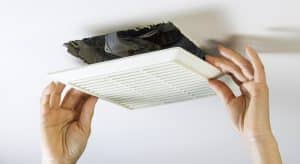

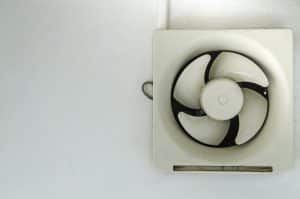
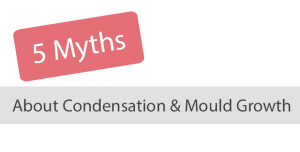
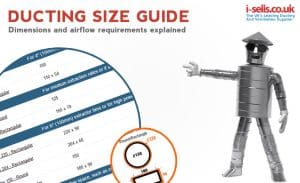


















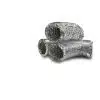

Add comment
You must be logged in to post a comment.